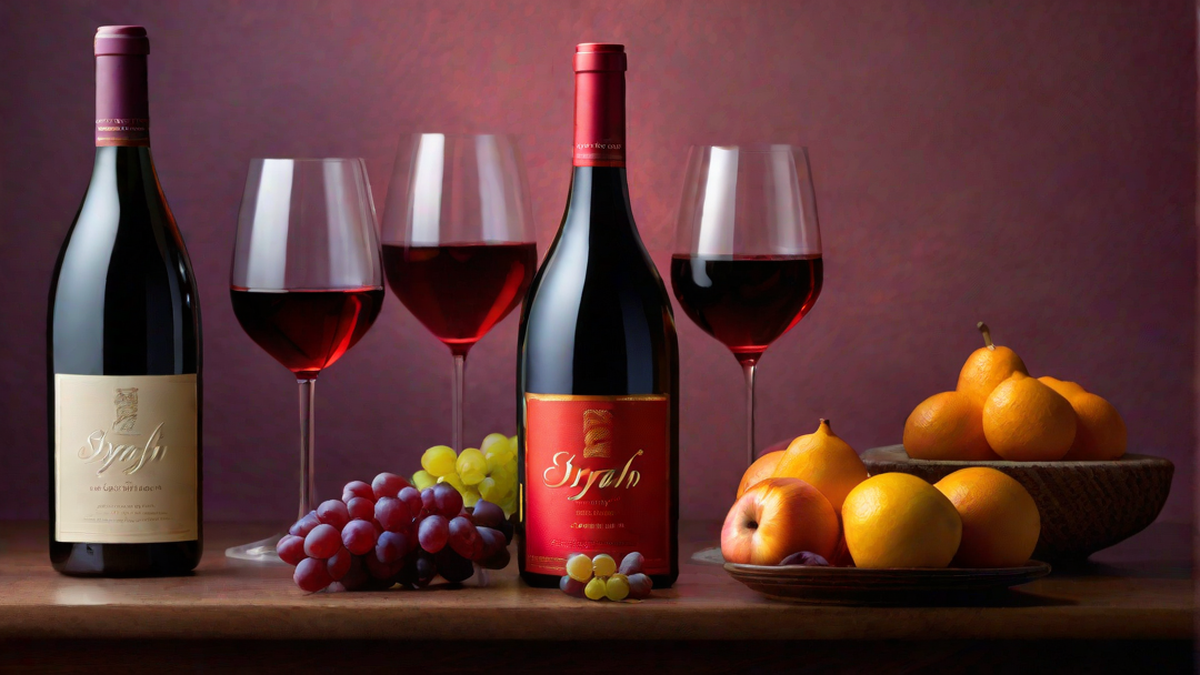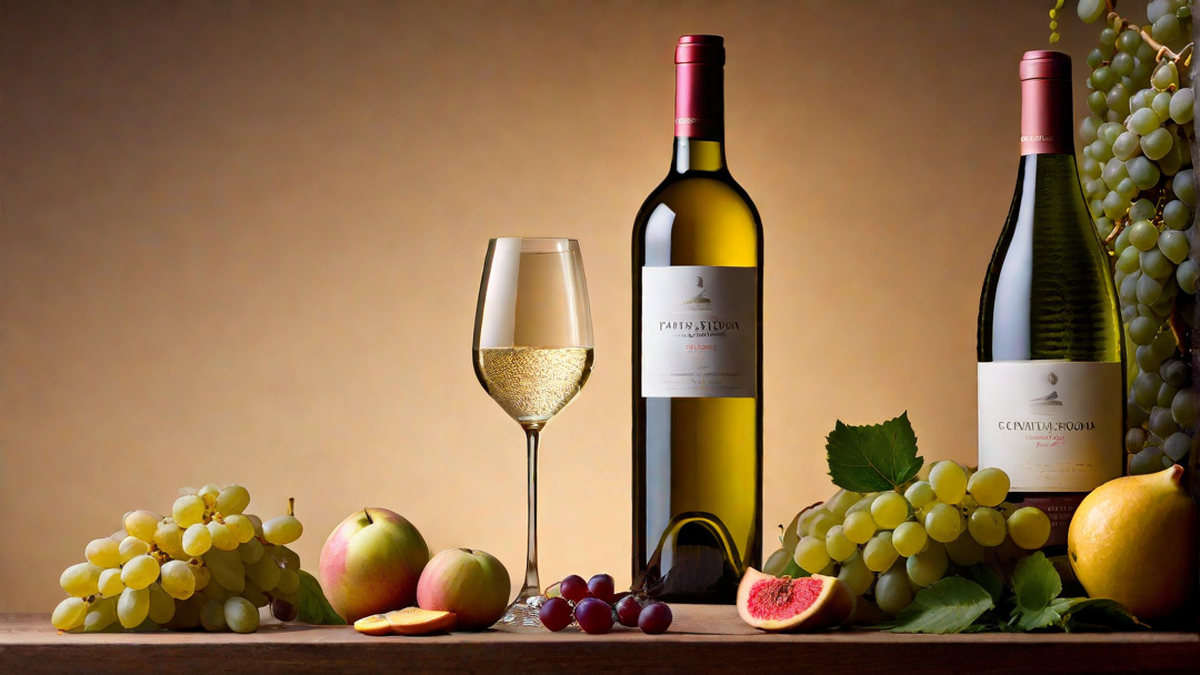The topic of residual sugar in wine is one that intrigues many wine lovers. Being a wine enthusiast myself, I have dedicated numerous hours to delving into the complexities of this component and how it affects the overall flavor and excellence of a wine.
So, what exactly is residual sugar? In simple terms, it refers to the natural grape sugars that remain in the wine after the fermentation process is complete. During fermentation, yeast consumes the grape sugars and converts them into alcohol. However, in some cases, not all the sugars are converted, resulting in varying levels of residual sugar.
Residual sugar plays a crucial role in defining a wine’s taste profile. Wines with higher residual sugar tend to be sweeter, while those with lower levels are drier. The amount of residual sugar is typically measured in grams per liter (g/L) and can vary significantly from one wine to another.
But why do winemakers decide to leave residual sugar in a wine? The level of residual sugar is a deliberate choice made by winemakers to create a specific style or balance in the wine. It can enhance the fruitiness, add complexity, and provide a pleasant sweetness that complements certain dishes or occasions.
It’s important to note that the presence of residual sugar doesn’t necessarily mean a wine will taste overly sweet. In fact, many well-balanced wines with a touch of sweetness can be incredibly enjoyable. The key lies in achieving the right balance between sweetness, acidity, and other flavor components.
When tasting a wine, it’s essential to consider the residual sugar level alongside other factors such as acidity, tannins, and aroma. These elements interact with each other to create a harmonious and pleasurable drinking experience.
So, how can you determine the residual sugar content of a wine? The easiest way is to refer to the wine’s label, where you’ll often find an indication of the wine’s sweetness level. Terms like “dry,” “off-dry,” “semi-sweet,” or “sweet” can provide helpful insights into the wine’s sugar content.
Additionally, some wine regions have specific guidelines or regulations regarding residual sugar levels in certain wine styles. For example, in Germany, the Prädikat system classifies wines based on their ripeness levels and residual sugar content.
It’s worth noting that residual sugar is not always desirable or suitable for every wine. Certain wine styles, like crisp and refreshing whites or bold and dry reds, are typically made with minimal residual sugar to highlight their inherent characteristics.
In conclusion, understanding residual sugar in wine allows us to appreciate the diverse range of flavors and styles that wines can offer. Whether you prefer a bone-dry Sauvignon Blanc or a lusciously sweet Riesling, the presence of residual sugar adds depth and dimension to the world of wine.




